Digital Clocks

The clock speed is perhaps the most ubiquitous specification used to describe a computer. A computer might be said to run at 133Mhz, or 3.5Ghz, or even have components that run at entirely different clock rates. Within a single computer, a "performance core" might be driven at 3.5Ghz clock, an "efficiency core" might be driven at 2.5 Ghz, and the "graphics processing unit" might be driven at 1.4Ghz. But what does all this mean? I'm glad you asked!
What is a Clock?
A clock is a digital logic device that outputs a time varying, repeating signal. An example is shown below:
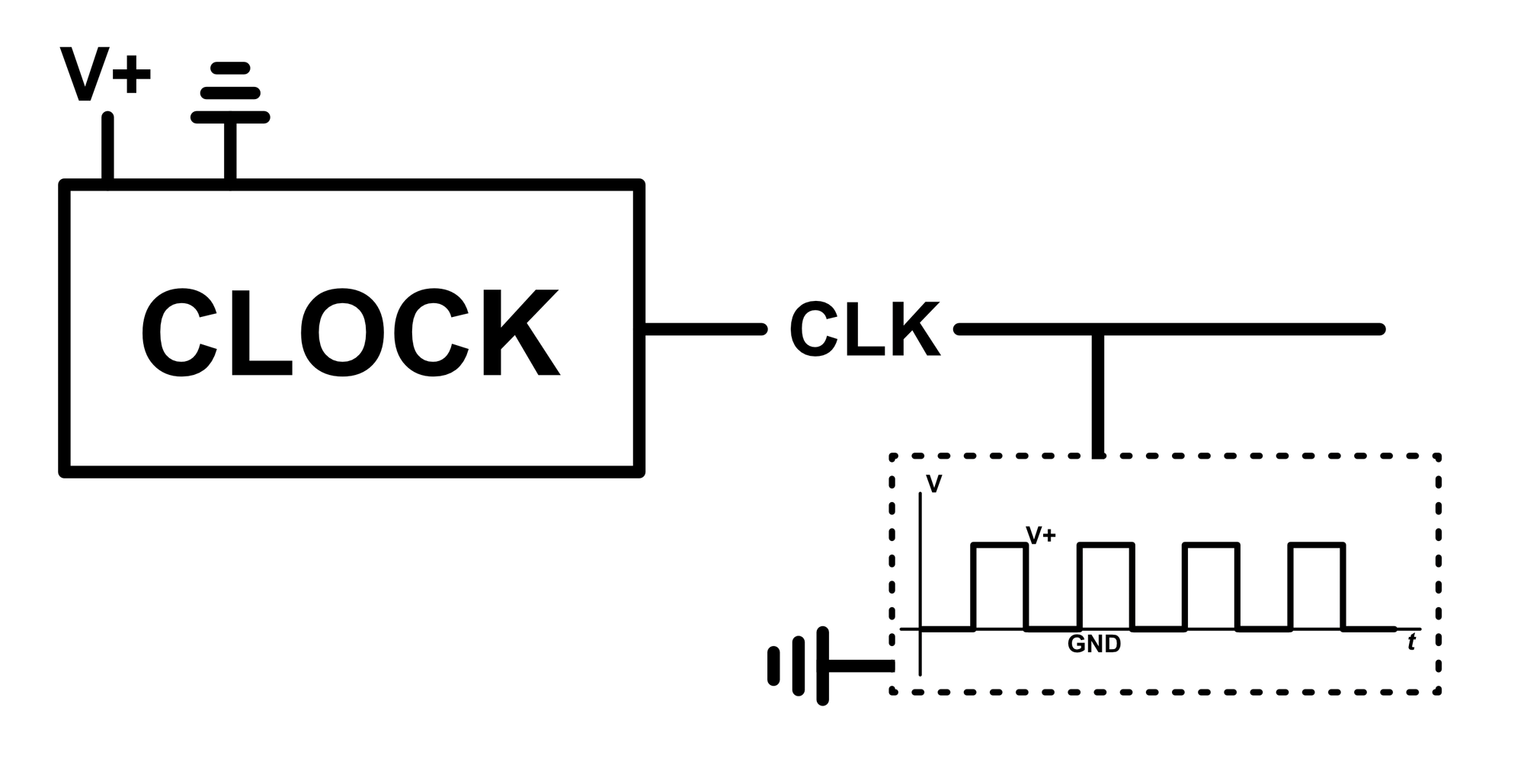
In the above diagram, we have a digital logic device (labeled clock) that accepts input voltage/ground and outputs a signal on the CLK line. If we use a voltmeter to measure the CLK line voltage, we observe the voltage oscillates up and down from logic low ($0$) to logic high ($1$). This is called a square wave clock signal because if you were to plot the voltage vs time (as shown above), it looks like repeated squares.
Technically speaking, any device that outputs a repeating signal (also called a periodic signal) is a clock. Below are a few different examples of signals that could be considered a clock along with a signal that is definitely not a clock:


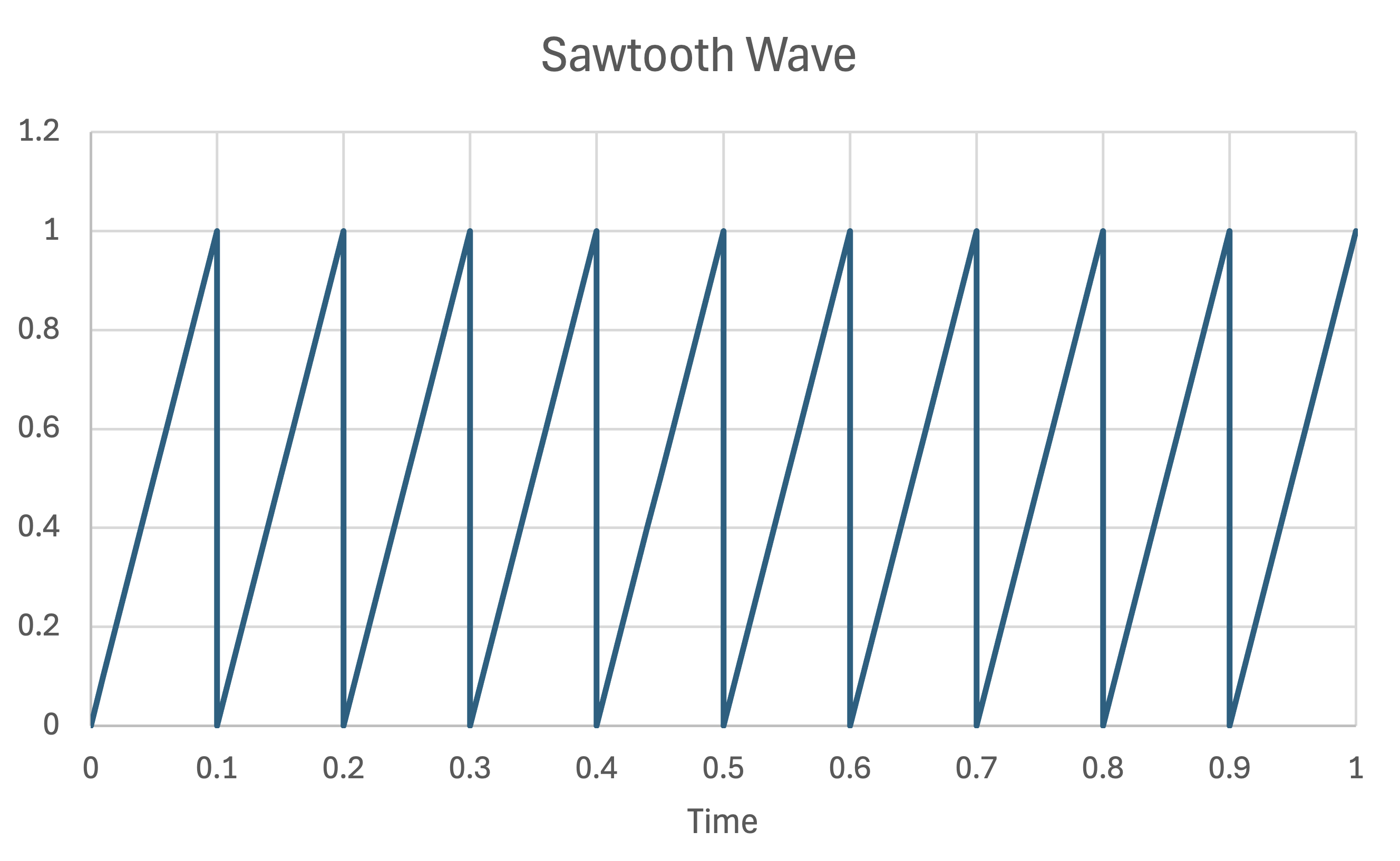
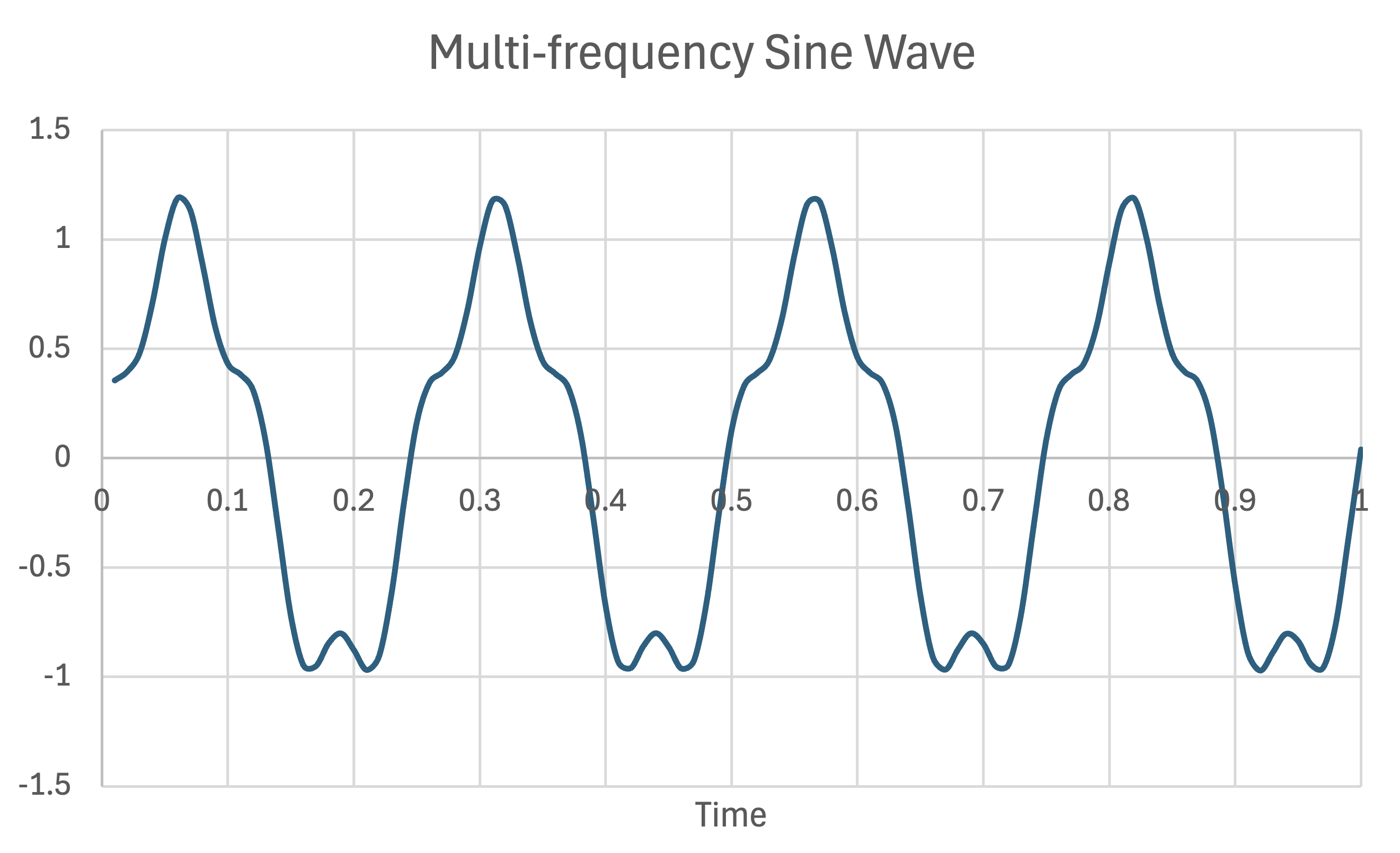
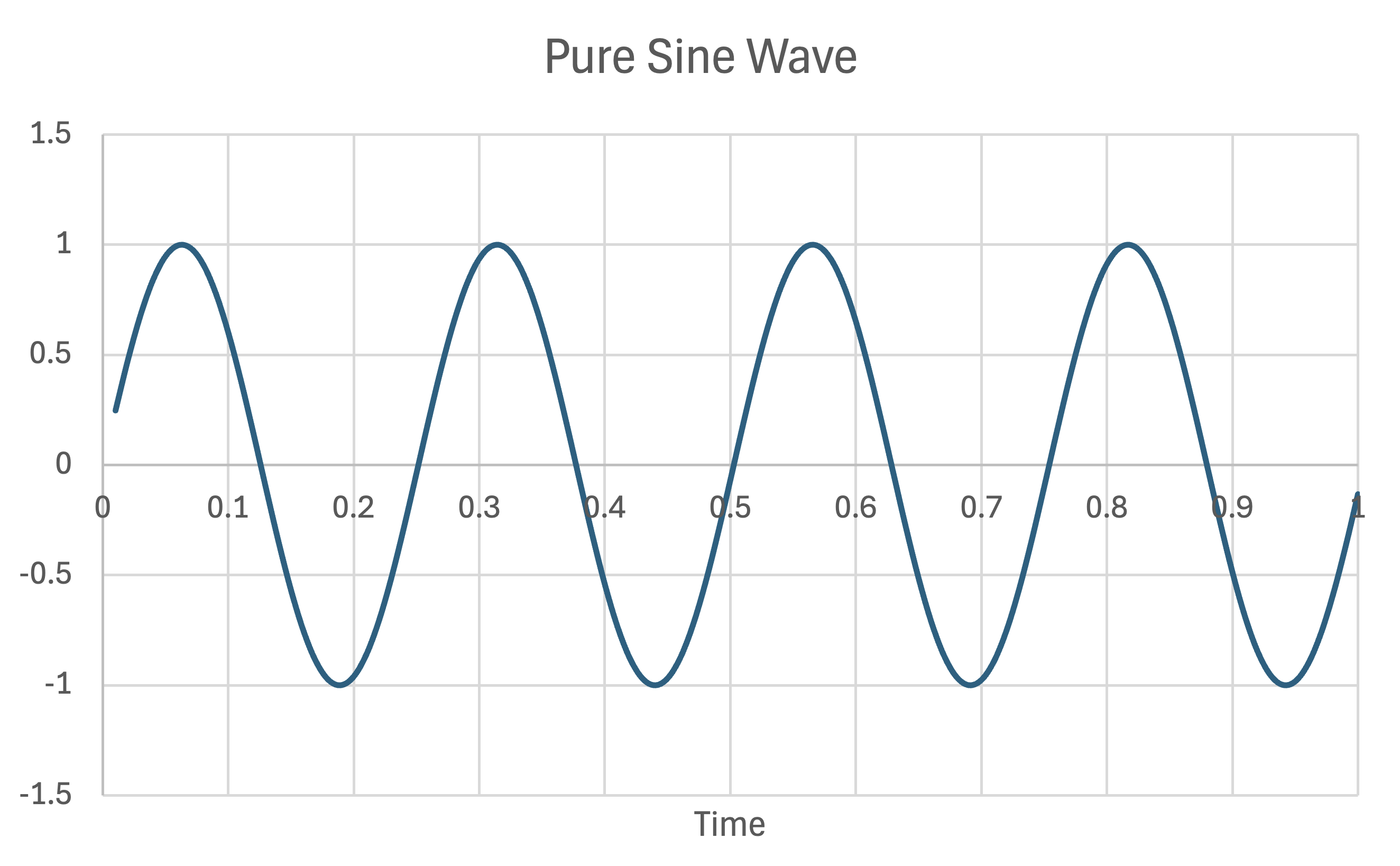

Figure 2: Upper Left- A square wave clock signal | Upper Center- A triangle wave clock signal | Upper Right- A sawtooth wave clock signal | Lower Left- A multi-frequency sine wave clock signal | Lower Center- A pure sine wave clock signal | Lower Right- A random noise signal, not a clock
Though all of these signals are periodic, only one of them is appropriate for a computer; the square wave. A square wave clock signal has two properties, period/frequency, and duty cycle (%).
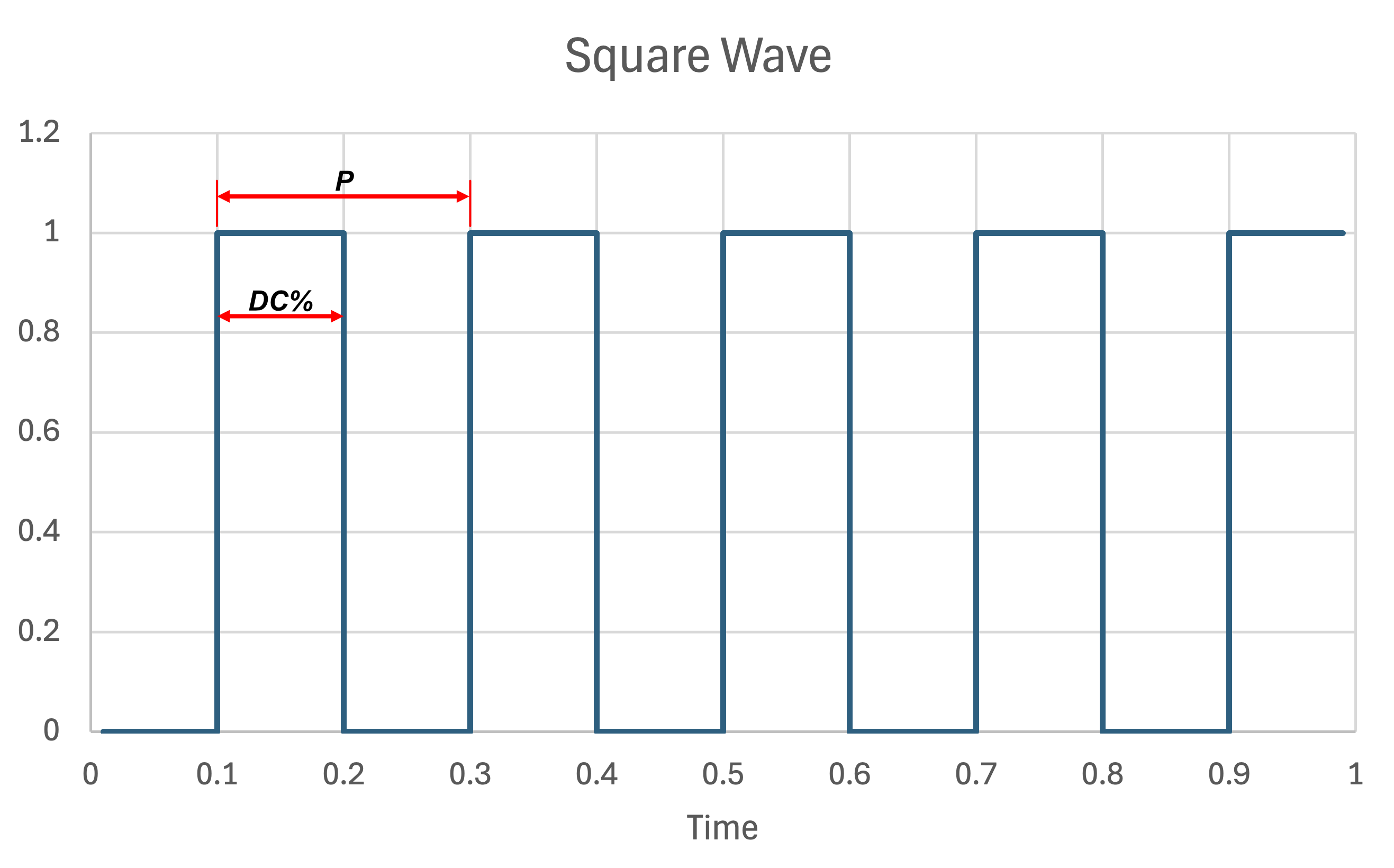
The period is the time between adjacent low to high transitions and is typically measured in seconds. The frequency is the reciprocal of the period and is typically measured in $\frac{1}{seconds}$, also called hertz (Hz). In the above example, the period is $0.2$ seconds and the frequency is $5Hz$.
The Duty Cycle (%) is the percentage of the period that the clock signal is spent high. In the above example, the Duty Cycle is $50\%$. Computers may be triggered to do things using the rising edge, falling edge, or both. When computers use both the rising and falling edge, the duty cycle is typically designed to be exactly 50%.
Clock Construction
There are a lot of ways to build a clock in hardware, but the expertise of building good clocks lays firmly in the realm of electrical engineering (as opposed to digital logic). For this reason, we will maintain clocks as an abstract digital logic element and explore clock design and construction in a separate article. Fast, precise, discrete digital clock devices can be purchased quite cheaply.
